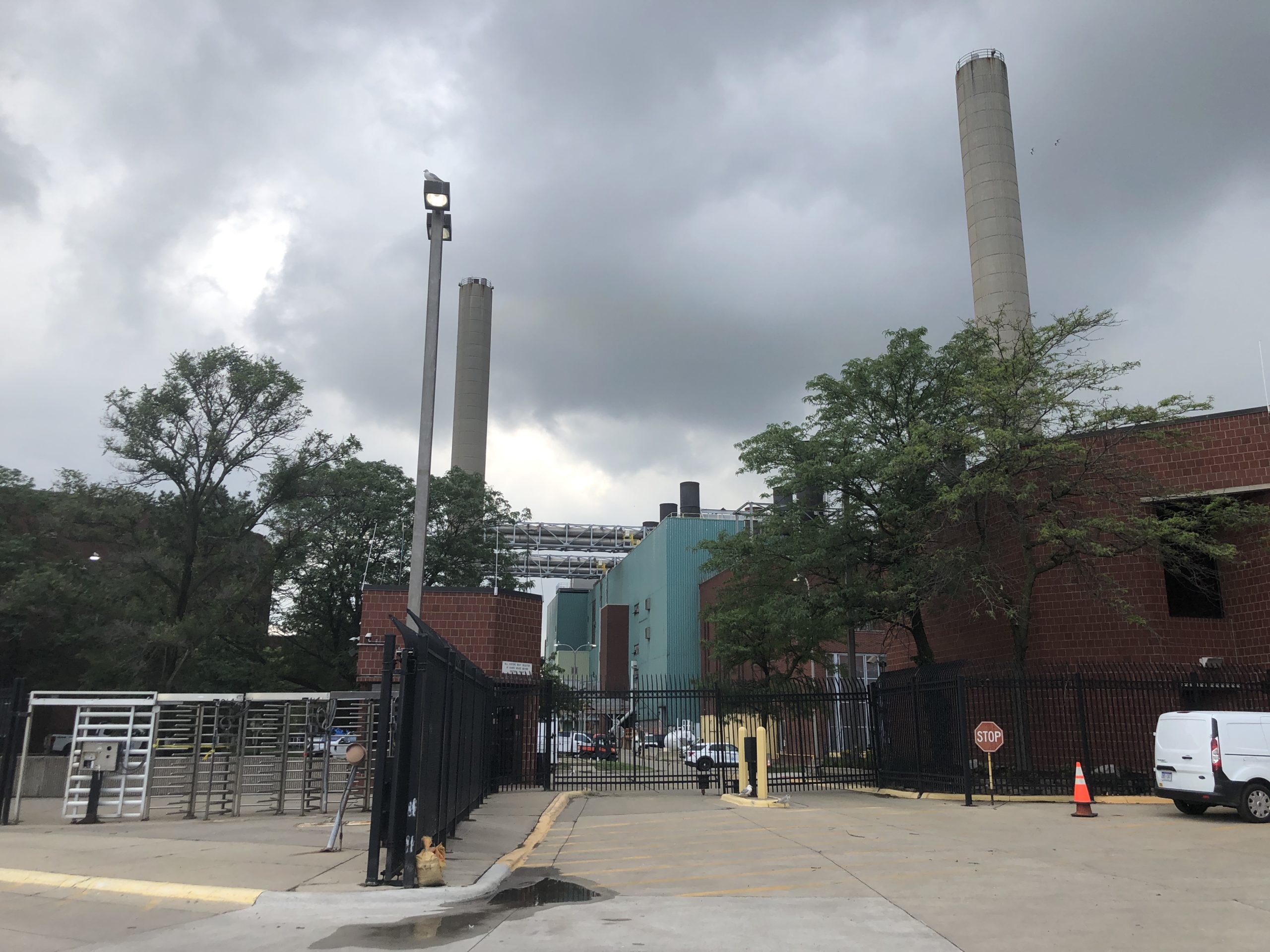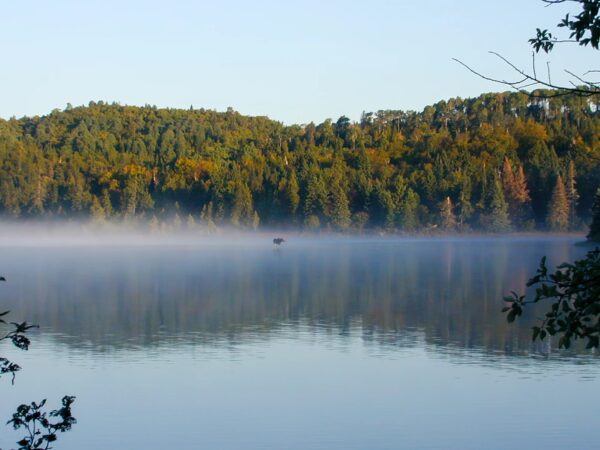
The national struggle to fill open jobs has added to existing concerns of replacing the large number of soon-to-be retirees for employers in the water industry.
More than 90% of the chambers of commerce across the nation report worker shortages holding back their economies, according to the United States Chamber of Commerce.
And the hiring struggle has not missed the Great Lakes region. Since the shutdowns during the COVID-19 pandemic, Michigan has seen a significant drop in the labor force, making it more difficult to fill any open positions.
The state lost 250,000 workers from February 2020 to May 2021, said Mark Reffitt, an economist for the Michigan Department of Technology, Management and Budget.
That’s about a 4.4% decline of the Michigan labor force, he said. The national drop was around 2.1%.
“On the other side of that, we are seeing an increase in the number of job ads being posted online,” Reffitt said. “So, you see job demand going up, you see the labor force going down, and that’s where we’re at right now in terms of hearing a lot of stories about employers having a hard time finding people to fill jobs.”
For the Great Lakes Water Authority, recruiting employees is difficult because of both the pandemic and having to compete with the other employers offering jobs in both the public and private sectors, said Bill Wolfson, chief administrative and compliance officer for the authority.

Great Lakes Water Authority facility (Photo Credit: AJ Walker for One Detroit)
The independent authority was created in 2016 and provides drinking water to 38% of the state of Michigan and wastewater services to almost 30%.
In June, they filled 14 job vacancies in the water technician field but are always looking to fill more, Wolfson said. Job ads for maintenance, plant and water technicians are always posted online.
“We always want to have a ready list (of employees) given the importance of the work,” he said.
But the water industry has faced employment struggles since before the pandemic.
Nationally, the workforce in the water service industry has an older average age, Wolfson said.
He said he thinks this is partially because the industry is not a visible part of daily life.
“That means that for water utilities, we really have to focus on succession planning and recruiting,” Wolfson said. “We have to get the message out that we have great jobs available.”
Similarly, the Oakland County Water Resources Department has a few open positions that have been difficult to fill, but the larger issue is that the average age of their 370 employees is 50 to 60 years old, said Jim Nash, the county water resources commissioner.
“They’re approaching retirement very quickly, and we don’t have enough people of skills to come up to take their places,” he said. “We’re having concerns that we’re going to be running into problems hiring qualified folks soon.”
The department operates and maintains 14 community water service systems and serves about 1.25 million people.
About two-thirds of the county’s skilled labor will retire in the next 10 years, Nash said. If those spots aren’t filled the department will need to cut back on the work they are able to do for the surrounding communities.
This dilemma comes from more than just the retiring baby boomer generation, Reffitt said.
“Some of the skills required for jobs these days are making it harder to find experienced enough applicants that they need, or the labor pool that they need, to fill those gaps,” he said. “So, there’s a number of things going on, it’s not just aging, but that certainly is something that’s impacting the economy and will continue to impact the economy going forward.”
Starting young
Oakland County is looking to solve the lack of qualified candidates by boosting its internship program.
“We hired somebody from Pontiac in the summer of her senior year,” Nash said. “She worked an internship with us. In her senior year she worked part-time, and then when she graduated, we hired her. That’s the kind of thing I would love to see happen more often.”
The county needs people who go to college for degrees like engineering or chemistry, but they also need people who don’t want to go to college and just want to find a good job or apprenticeship, he said.
The department plans to do more community outreach to encourage young people to consider careers in water.
Starting this year in Michigan, Flint Public Schools and Delta College partnered to give high school students a path to earn an associate’s degree in water environmental technology, and possibly move on to work in the Flint Public Water System.
NEW Water, a utility in Wisconsin, offers a youth apprenticeship program for high schoolers too. The program allows students to gain experience as water and wastewater engineers at their facility in Green Bay, Wisconsin.
The Great Lakes Water Authority also has an apprenticeship program they hope will help fill retirement openings. They want to ramp up their programs and plan to open a new apprenticeship for water technicians this summer.
Apprentices learn from long-term employees while gaining the licensing and certifications the authority requires for its jobs, Wolfson said.
Another method the authority uses is training their employees and employees of the water utilities they work with through their One Water Institute, which provides education and leadership development.
“This training can range from a math bootcamp for individuals that are joining the organization, because obviously, math is a critical skill for all team members, to bloodborne pathogen training,” Wolfson said.
And water industry jobs will continue to advance and change over time, calling for more employees and skillsets.
Infrastructure needs
A change the Great Lakes Water Authority is focused on is their Capital Improvement Plan, which will replace old water and wastewater systems with new, more resilient ones.
“With those changes in focus are going come changes in job classifications, and with those changes in job classification are going to come changes in the skillsets we need as a utility,” Wolfson said. “That means there are going to be new opportunities for not only individuals to join our team but our existing team members.”
But they will need a workforce to keep filling these jobs.
Similar improvements are happening across the region.
In 2020 the United States Environmental Protection Agency dedicated $220 million to New York, $118 million to Ohio, $116 million to Illinois, $95 million to Michigan, $62 million to Wisconsin, $55 million to Indiana, $46 million to Minnesota and $34 million to Pennsylvania modernize water infrastructure.
After working with younger generations, Nash said he is hopeful for the future of the water industry.
“I think this generation is going to do the right thing,” he said. “My generation left them with these problems they have to fix, and I just think they will fix it. I’m here to help them as much as I can, but I think they will.”
Catch more news on Great Lakes Now:
Feds Release First Slice of Water Bill Assistance Funds
Water Access: As moratoria on shutoffs end, old problems return to the forefront
API key not valid. Please pass a valid API key.Featured image: Great Lakes Water Authority facility (Photo Credit: AJ Walker for One Detroit)




